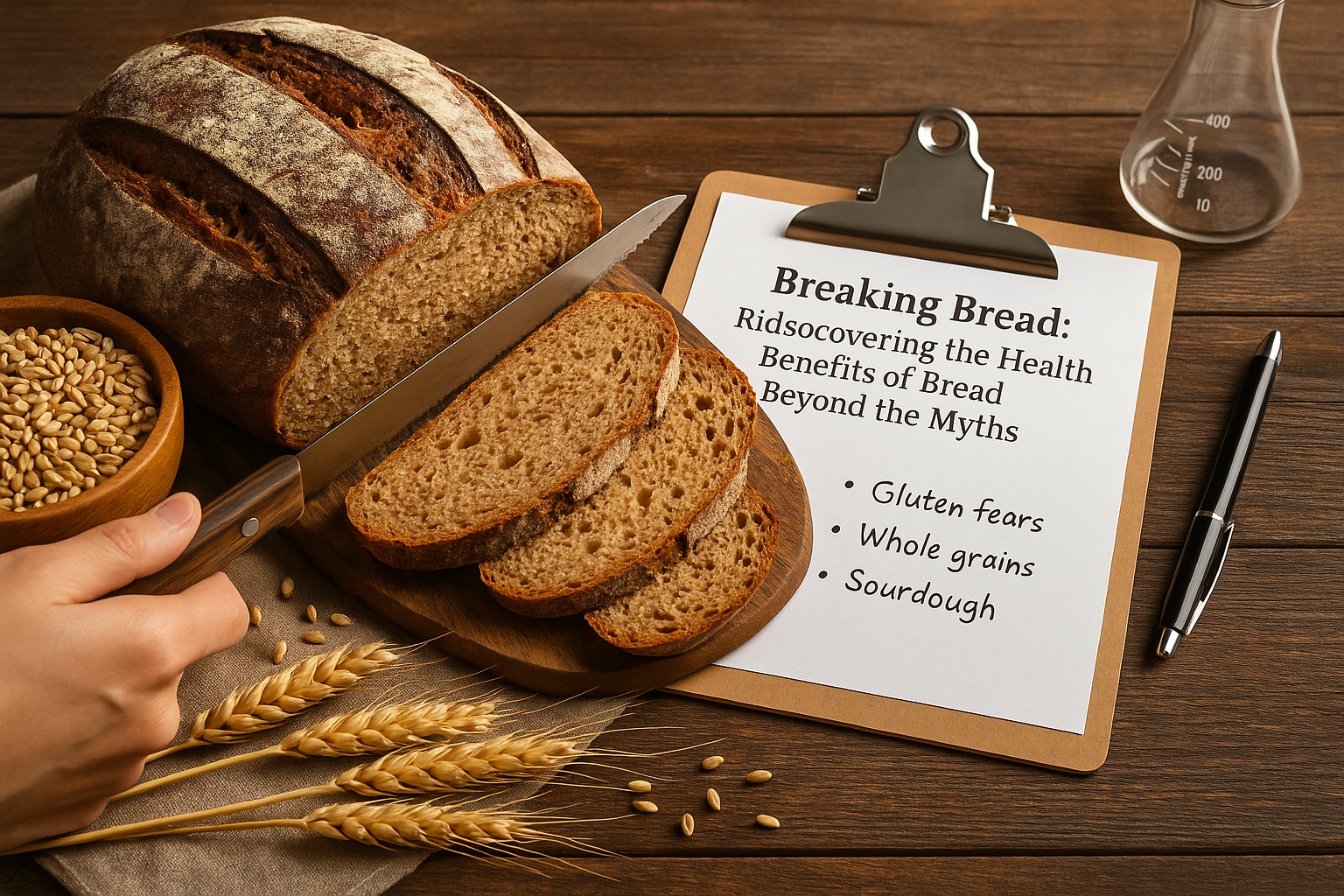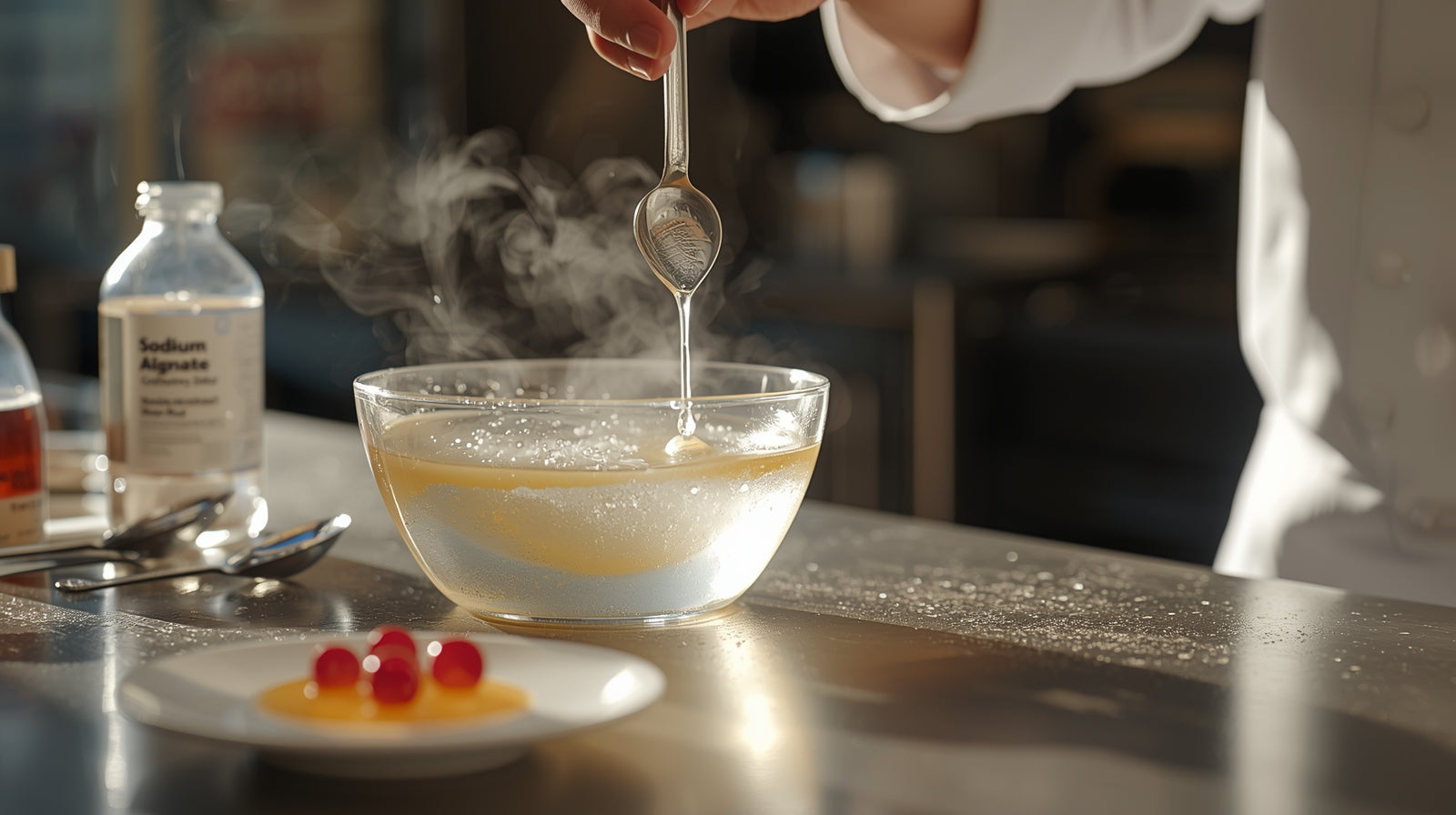Introduction
Agar agar is a plant-based gelling agent extracted from red seaweeds (e.g., Gelidium, Gracilaria). It creates firm, brittle, heat-stable gels and is a popular vegan alternative to gelatin in desserts, confectionery, and molecular gastronomy.
Quick Answers About Agar Agar
Is agar agar vegan?
Yes. It’s seaweed-derived and completely plant-based.
How much agar should I use?
Commonly 0.8–1.5% for firm gels (8–15 g per liter). Start low and adjust to texture.
Does agar need boiling?
Yes. Heat to a full boil to dissolve; it sets on cooling (~35–40 °C) and melts around ~85–90 °C.
Is agar clear or cloudy?
It forms clear, brittle gels if fully dissolved and properly filtered.
Does agar affect flavor?
Neutral taste; it won’t mask delicate flavors.
What is Agar Agar?
Agar is a mixture of polysaccharides (primarily agarose and agaropectin) extracted from red algae. It hydrates hot, sets firm at room temperature, and is prized for its strong, clean gel and thermal stability.
How is Agar Agar Made?
- Harvesting: Red seaweeds (e.g., Gelidium, Gracilaria) are collected and cleaned.
- Extraction: Heated in water to extract agar into solution.
- Gel & Freeze-thaw: Solution is gelled, then freeze-thawed/pressed to remove water and concentrate.
- Dry & Mill: Dried gel is milled into flakes or powder and standardized.
Culinary Uses of Agar Agar
- Desserts: Fruit jellies, custards, pâte de fruits, mirror glazes.
- Molecular Gastronomy: Fluid gels, hot gels, noodles, pearls.
- Dairy & Plant-Based: Non-dairy panna cotta, crème desserts, yogurts.
- Bakery & Confectionery: Glazes, jelly fillings, marshmallow alternatives.
- Beverages: Clarification aid; stabilizes particulates in specialty drinks.
Benefits & Functional Properties
- Heat-stable gels: Sets around 35–40 °C; melts near 85–90 °C.
- Vegan alternative to gelatin: Firm, brittle texture; clear gels.
- Low use levels: Effective at ~0.8–1.5% for firm gels.
- pH & salt tolerant: Works across many systems with proper cooking.
- Clean label: Seaweed-derived, neutral flavor.
Not all hydrocolloids behave the same way. Some are best for building viscosity and stabilizing liquids, while others are true gelling agents that create firm or elastic structures. A few can do both, depending on the partners they’re combined with. The table below highlights the difference between thickening and gelling functions at a glance:
Thickening vs Gelling Function of Hydrocolloids
Full Companion Table| Hydrocolloid | Primary Function | Notes |
|---|---|---|
| Xanthan Gum | Thickener / Stabilizer | Shear-thinning; excellent for sauces and dressings. |
| Guar Gum | Thickener | Adds viscosity in cold and hot systems; synergizes with xanthan gum. |
| Locust Bean Gum | Thickener + Gel Synergist | Alone it thickens; forms gels in synergy with carrageenan or xanthan. |
| Carrageenan (Kappa) | Gelling Agent | Firm, brittle gels; works with potassium and dairy proteins. |
| Carrageenan (Iota) | Gelling Agent | Forms soft, elastic gels with calcium; good freeze–thaw stability. |
| Agar | Gelling Agent | Strong, brittle gels; sets at high temp and remains stable when reheated. |
| Pectin (HM) | Gelling Agent | Gels with sugar + acid; used in jams and jellies. |
| Pectin (LM) | Gelling Agent | Forms gels with calcium; ideal for low-sugar products. |
One of the most common questions chefs and food developers ask is whether a gelling agent is vegan-friendly. While some, like gelatin, are animal-derived, most modern hydrocolloids come from plants or microbial fermentation. Here’s a quick guide to which are vegan and which are not:
Vegan vs Non-Vegan Gelling Agents
Full Companion Table| Gelling Agent | Vegan? | Notes |
|---|---|---|
| Gelatin | ❌ Non-Vegan | Animal-derived from collagen; common in gummies, marshmallows, and desserts. |
| Agar-Agar | ✅ Vegan | Seaweed-derived; creates firm, brittle gels; common gelatin substitute. |
| Carrageenan (Kappa/Iota/Lambda) | ✅ Vegan | Extracted from red seaweed; versatile gelling and thickening functions. |
| Pectin | ✅ Vegan | Fruit-derived (citrus peel, apple pomace); essential in jams and jellies. |
| Gellan Gum | ✅ Vegan | Produced by microbial fermentation; creates clear, stable gels. |
| Alginate | ✅ Vegan | Seaweed-derived; gels with calcium; key in molecular gastronomy (spherification). |
Where to Buy Agar Agar
Cape Crystal Brands offers high-quality agar agar for culinary, R&D, and production needs.
👉 Shop Agar Agar Now
Frequently Asked Questions
Is agar agar vegan and gluten-free?
Yes—plant-based and naturally gluten-free.
What ratio should I use to replace gelatin?
Rough guide: 1 tsp agar powder ≈ ~8–10 g leaf gelatin (varies by bloom/texture). Test and adjust.
Why didn’t my agar set?
It likely wasn’t fully dissolved/boiled, or the dose was too low. Bring to a rolling boil for 30–60 seconds.
Can I re-melt agar gels?
Yes. Heat above its melt temperature (~85–90 °C), then reset by cooling.
Does acid affect agar?
Strongly acidic systems (pH < 4) can weaken gels—dissolve agar first, then adjust acid and slightly increase usage.





